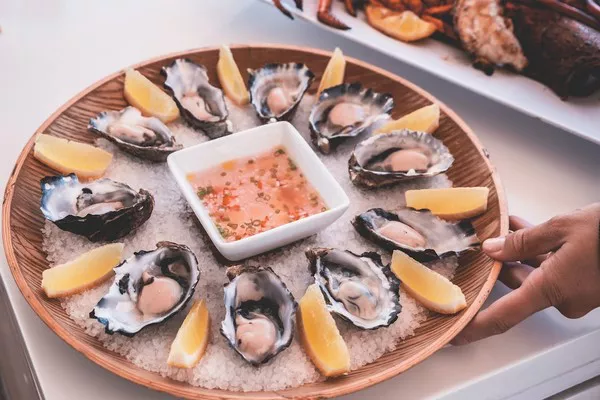Concerns over local developments are not uncommon, as people often resist projects like landfills or solar farms if they are situated close to their homes. While these developments may be acceptable at a distance, proximity raises objections. The consequences of such developments are inevitably borne by others who are willing to live with them.
This issue of proximity versus acceptance has implications in various sectors, including aquaculture, which has a low production rate in the United States compared to other nations. This contributes to a significant seafood trade deficit, with 70-85 percent of seafood consumed in the US originating from other countries. The environmental and social impacts of this consumption are felt globally, regardless of the country of origin.
However, many US consumers remain unaware of these impacts. Their daily struggles often leave little room to investigate the source and production methods of the seafood they consume. There’s a basic trust in retailers, club stores, and restaurants to source food responsibly, even though most aquaculture products lack traceability, and the US government only tests about 1 percent of seafood imports for quality and safety.
Recent developments in the US aquaculture sector, such as increased seaweed and shellfish farming and investments in shrimp production, have garnered attention from both supporters and skeptics. Some opponents raise concerns about potential negative environmental impacts, including pollution, greenhouse gas emissions, wild fish dependency, habitat conversion, and chemical use.
While these concerns are valid, they also present an opportunity. Wealthier countries like the US have the resources to mitigate many of these environmental issues associated with aquaculture. By doing so, they can create local jobs, strengthen their economies, reduce the environmental burdens on less affluent nations, and contribute to global environmental goals that benefit everyone.
Poverty and inequality in wealth distribution hinder efforts in less affluent nations to address environmental degradation caused by aquaculture. These countries often struggle to enforce policies to protect natural resources due to poverty, which fuels desperation and immediate survival rather than long-term planning.
To expect impoverished nations to prioritize appropriate farm siting, waste discharge limitations, exotic species importation, and habitat protection is unrealistic. Poverty, exacerbated by inequitable supply chain value-sharing, hinders environmental conservation efforts.
The US faces wealth inequality too, albeit to a lesser extent. This inequality drives people to prioritize price when shopping for food, contributing to a market for low-cost food without considering the consequences.
To build a more sustainable future, US aquaculture could lead by example. This includes value-sharing throughout the supply chain, prioritizing nutritional value, and considering environmental impacts. An emphasis on traceability, pride in the products, and optimizing production methods can lead to more sustainable and equitable food systems.
However, this shift requires consumers to acknowledge that volume purchasing is not sustainable and promotes poverty within supply chains, both in the US and abroad. Recognizing the true value of food, both nutritionally and environmentally, is essential for meaningful change.

